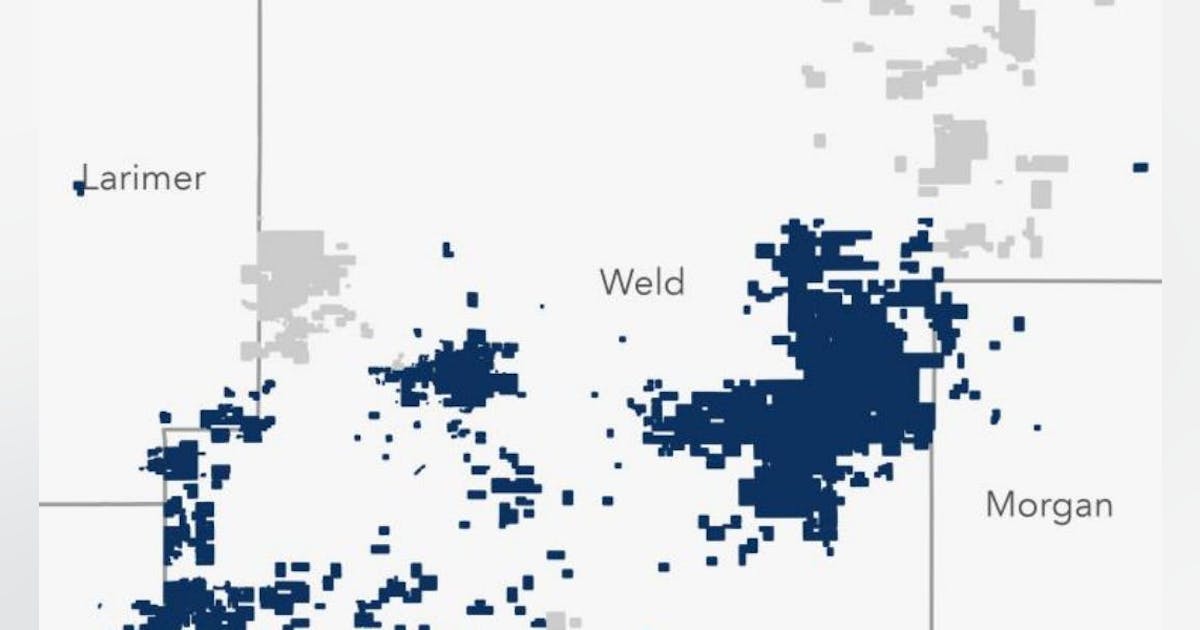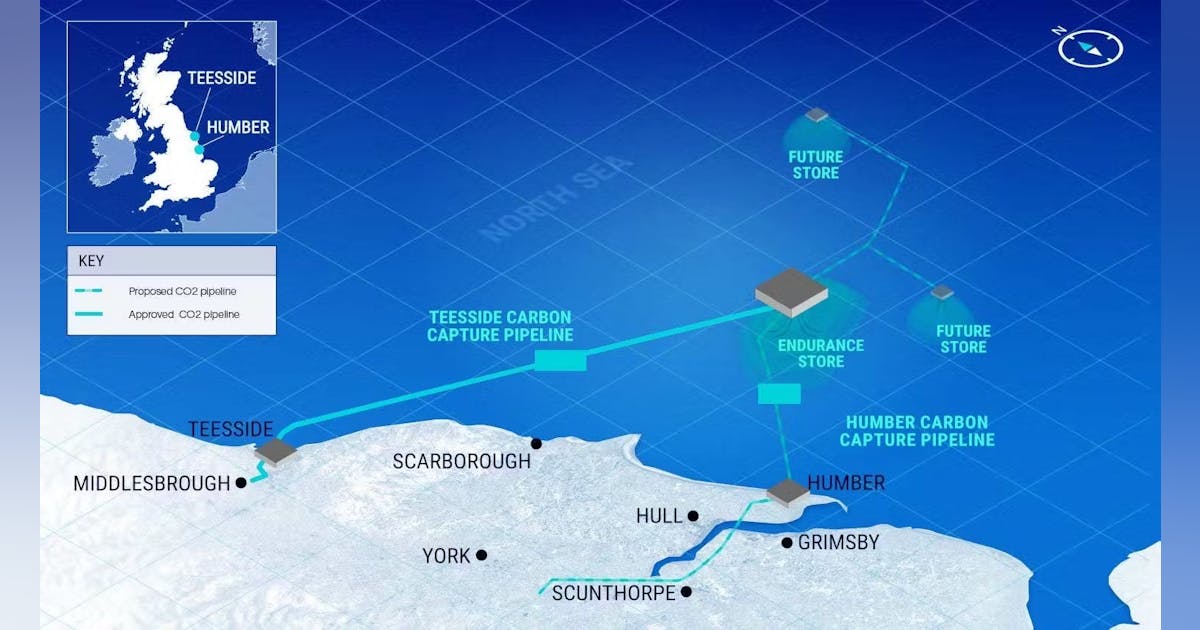
Dive Brief:
- Three Arizona utilities set new peak demand records last week, highlighting the need for proactive planning amid rising consumption and extreme temperatures, a state regulator said on Friday.
- Arizona Public Service, Salt River Project and Tucson Electric Power broke peak demand records on Wednesday and Thursday, with each seeing demand that outstripped their peak forecasts.
- Other utilities have set records recently, and U.S. electricity demand growth is straining the power grid as data centers, electrification and industry drive higher consumption. Across the Lower 48 states, electricity demand set two new peak records in July, the U.S. Energy Information Administration said in an Aug. 5 note.
Dive Insight:
Arizona Public Service hit peak demand of 8,631 MW on Thursday, compared with a 8,212 MW peak in 2024. Salt River Project hit 8,542 MW of demand on Wednesday, compared with last year’s peak of 8,205 MW. And Tucson Electric Power saw peak demand of 2,502 MW on Thursday, compared with a previous 2,445 MW peak it hit in 2021.
High temperatures in Phoenix and Tucson on those days exceeded 110 degrees.
APS previously told state regulators it expected 2025 peak demand of 8,491 MW. SRP had forecast peak demand of 8,436 MW, while TEP was expecting peak demand of 2,434 MW.
“These record-breaking energy demand peaks above what was forecast for 2025 are a clear reminder that we must continue to expand dependable power resources while also promoting energy conservation during high-demand periods,” Arizona Corporation Commission Vice Chair Nick Myers said in a statement.
“Arizona’s rising peak energy demand underscores the critical need for proactive planning,” Myers added.
According to APS, a steady increase in energy use is being driven by higher temperatures, population growth and new businesses in the region. The utility said it is investing more than $2 billion a year in system upgrades, operations and maintenance, and plans to add almost 10 GW of solar, wind, energy storage and gas resources through 2028.
“We have set three peak energy demand records so far this summer, which emphasizes the importance of maintaining reliability through the extreme weather and growing energy use we are experiencing in Arizona,” APS President and CEO Ted Geisler said in a statement.
TEP said the utility was “well-prepared for this summer’s record usage.”
“Our crews prepared for summer demand by strengthening infrastructure, conducting preventive maintenance, stockpiling inventory and running exercises in preparation for emergency response. We also maintained adequate energy reserves to serve even higher levels of demand if needed,” the utility said in a statement.
TEP deployed a new 200-MW battery energy Roadrunner Reserve storage system last week, “ensuring customers had access to power when they needed it most, and improving efficiency by helping TEP avoid purchasing electricity during peak hours,” the utility said.
SRP said it used residential and commercial demand response programs to reduce customer energy during last week’s extreme temperatures.
“Meeting these increasingly high loads is a result of careful planning by teams across SRP to ensure we have enough generating resources available,” Pam Syrjala, SRP senior director of supply and trading, said in a statement. “SRP’s diverse mix of energy, including solar, natural gas, batteries, wind and hydro power were all utilized to help us maintain reliability.”
Other utilities have seen new records set this year, and consumption is on the rise across the nation.
JEA, the municipal utility for Jacksonville, Florida, set a new demand record of 2,980 MW on July 29. The utility typically sees peak loads of 2,500 MW to 2,600 MW, it said.
“These record-breaking levels not only reflect the continued growth of our community but also the increasing demand for electricity during extreme weather and the resilience of our system to keep up with our customers’ needs,” JEA said.
Duke Energy set a new combined utility system summer usage record of 35,269 MWh on June 24, as triple digit temperatures hit parts of its service territory in North Carolina and South Carolina.
EIA on July 31 said it expects “rapid electricity demand growth in Texas and the mid-Atlantic.”
The federal government’s energy data arm anticipates U.S. retail electricity sales will grow at an annual rate of 2.2% in 2025 and 2026, compared with average growth of 0.8% between 2020 and 2024.
“Forecast electricity demand growth is higher in areas with plans for large data centers and manufacturing facilities, such as in Texas and in Northern Virginia,” EIA said.
Nationally, EIA said that on July 28, between 6 p.m. and 7 p.m. EDT, high heat helped push coincident peak demand for the Lower 48 states to 758,053 MW. The following day, another record was hit — 759,180 MW — 1.9% more than the previous record of about 745,000 MW set in July 2024.




















